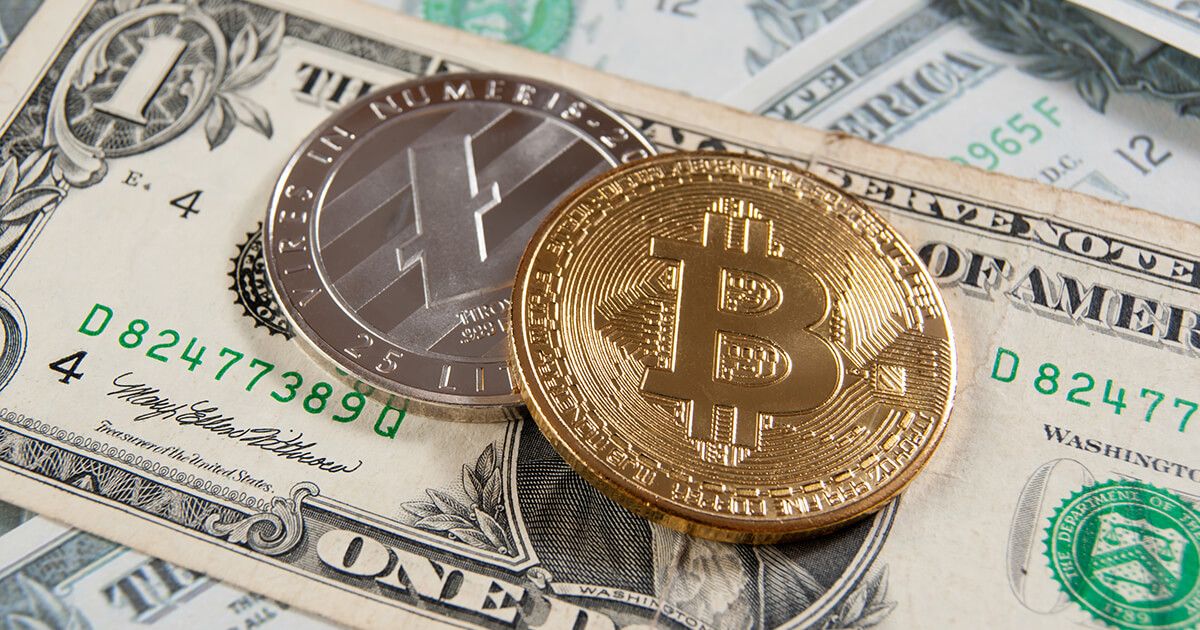A Comparison of Bitcoin vs. Litecoin as Payment Networks

Disclaimer: Your capital is at risk. This is not investment advice.
We now have less than 4 days to go until the Litecoin reward halving. In this third article we look at a comparison of Bitcoin Vs. Litecoin as payment networks.
This article is part of a series on Litecoin, in the previous articles you can find out what Litecoin and the halving are, the historic impact of the reward halving price and velocity as a leading indicator for price moves.
Please note that this analysis looks at which network operates more effectively as a payment network. The analysis takes into account those qualities most important to a payment network and should not be used as an indication of which coin should warrant a higher market value. There are a number of factors that determine the price of a crypto-asset, aside from those we discuss in this article. This article should not be taken out of context and is not to be used as investment advice.
Why compare Litecoin to Bitcoin?
Litecoin is an open source, decentralized cryptocurrency that forked from Bitcoin in 2011. Litecoin differentiated itself from bitcoin through introducing a higher rate of block production and a higher total supply of their native currency, Litecoin. Faster block times mean that more transactions could be added to the chain (assuming block size is equal). With a higher transaction throughput, the Litecoin blockchain aims to be faster and cheaper than the Bitcoin Network.
Things to consider for a payment network
In this section we will look at the most important features for a payment network, from a users’ point of view. If there are other indicators you think are important, please let us know.
| Indicator | Calculation | Explanation | Scoring |
|---|---|---|---|
| Price Volatility | 30 days rolling annualised | Low volatility reduces the change in value between sender and receiver. | < 40% = 3 > 40%, < 80% = 2 > 80% = 1 |
| Fees | Transaction Fees (USD) | Lower fees mean lower cost for the sender. | < 0.01% = 3 > 0.01%, < 0.1% = 2 > 0.1% = 1 |
| Transaction time (Seconds) | Average seconds | The faster a payment can be received, the happier the recipient. | < 60s = 3 > 60s, < 300s = 2 > 300s = 1 |
Comparing Bitcoin and Litecoin as payment networks
We then applied these three indicators to both bitcoin and Litecoin, using the scoring mechanism;
| Indicator | Litecoin | Bitcoin |
|---|---|---|
| Price Volatility | 68.1% | 81.5% |
| Fees as % of TX | 0.007% | 0.13% |
| Transaction time (seconds) | 900 | 3,600 |
| Score | 6 | 3 |
*As of 1st August 2019 (Source: ByteTree)
Is Litecoin better than Bitcoin because it scores higher as a payment network?
Not necessarily. Contrary to a lot of the public rhetoric around bitcoin, the Bitcoin Network is not solely a payment network. The Bitcoin Network is a decentralized, global, public settlement infrastructure. Payments are just one type of information that can be settled on a blockchain.
Other examples and uses include time stamping, location proofs and inter-exchange ledger settlements. The Bitcoin Network has an interesting dynamic when it comes to the trade-off between transaction fees and network security. We won’t go into this now but ultimately it means that the main bitcoin chain has to be expensive in order to be decentralized, and this comes with higher transaction fees… rendering it less useful as a payment network. At least for now.
